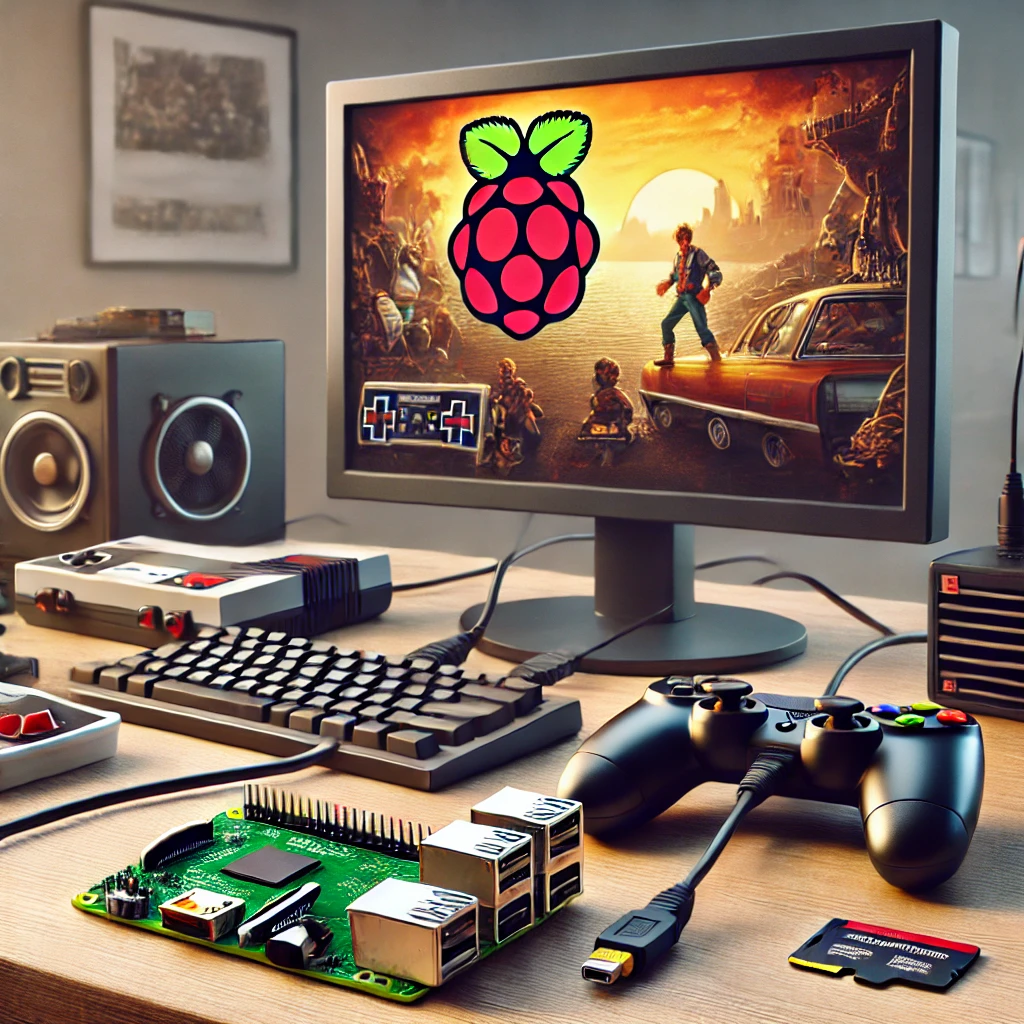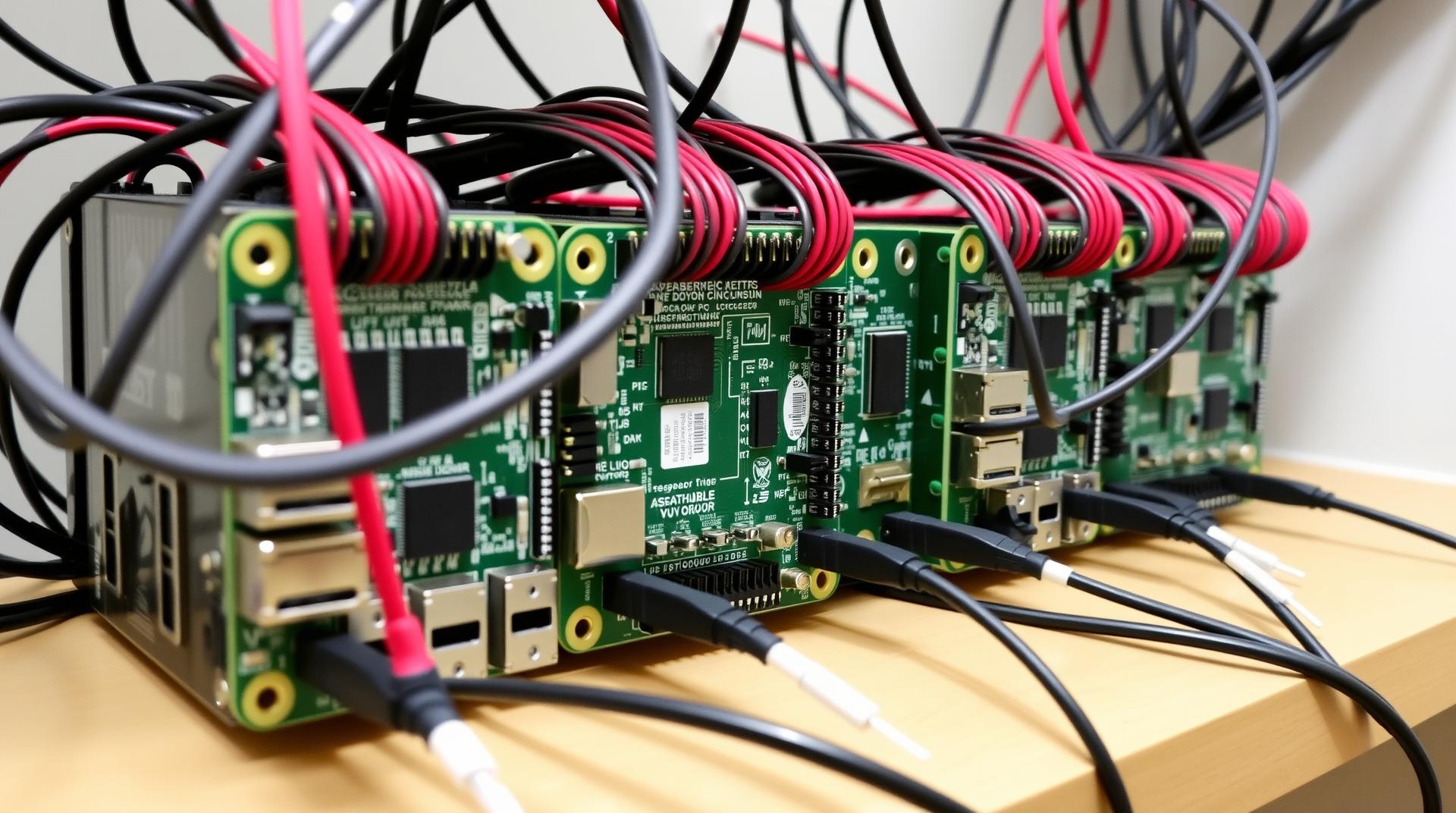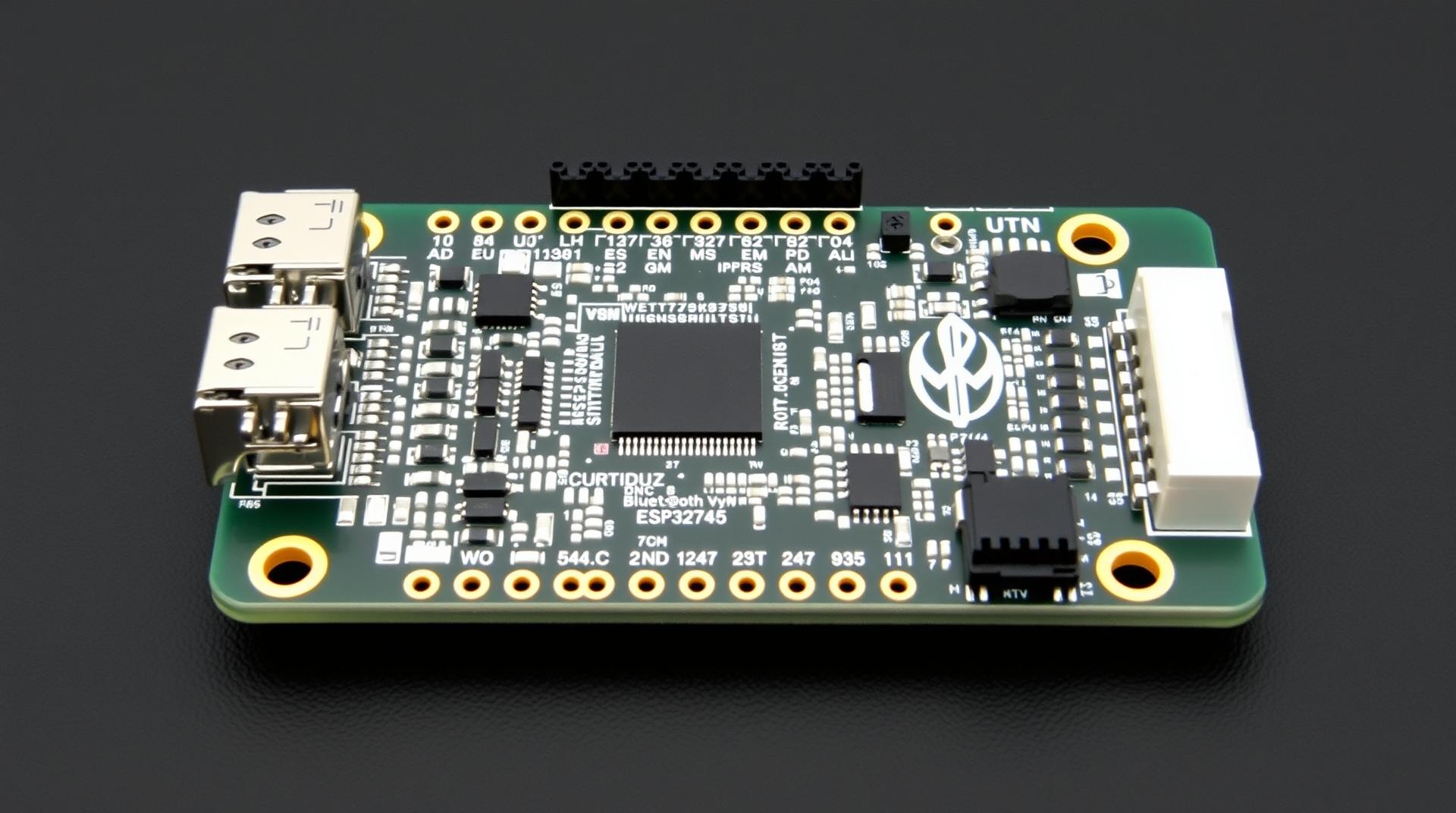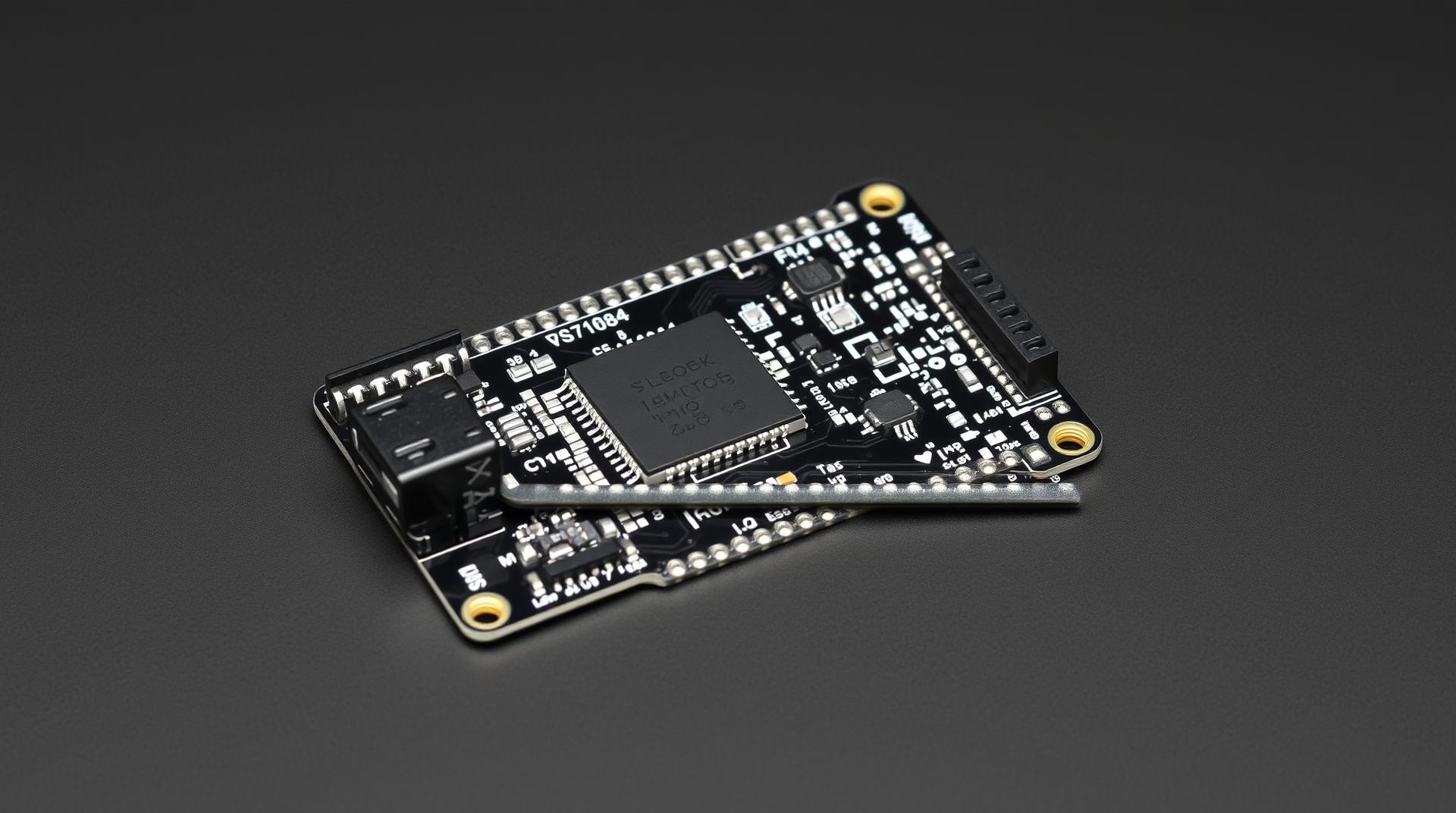The Raspberry Pi 4 has revolutionized the gaming world by offering a compact, powerful, and affordable way to enjoy classic and modern games. Whether you’re a retro gaming fan or enjoy experimenting with indie games, the Raspberry Pi 4 provides a fantastic gaming experience. In this guide, we’ll explore the best tips and tools to optimize your gaming setup, ensuring smooth performance and immersive gameplay.
Body
-
Why Choose Raspberry Pi 4 for Gaming?
- Discuss the affordability, compact size, and versatility of Raspberry Pi 4 for gaming.
- Highlight its ability to run emulators for classic consoles like NES, SNES, and PlayStation.
-
Setting Up Your Raspberry Pi for Gaming
- Step-by-step instructions for installing RetroPie or Recalbox for retro gaming.
- Explain how to connect controllers, install ROMs, and set up the optimal display settings.
- Essential Accessories for the Best Gaming Experience
- Cooling solutions to prevent overheating during long gaming sessions.
- Recommended gaming controllers compatible with Raspberry Pi 4.
- Best microSD cards for faster load times and better performance.
- Enhancing Game Performance
- Overclocking your Raspberry Pi 4 safely for better gaming performance.
- Optimizing settings in RetroPie or Recalbox to minimize input lag and maximize FPS.
- Best Games to Play on Raspberry Pi 4
- List of must-play retro games and indie games that run well on Raspberry Pi 4.
- Mention community support and forums where users share tips, mods, and new game recommendations.
- Troubleshooting Common Issues
- Address common issues like controller input problems, audio glitches, or video display settings.
- Provide easy-to-follow solutions or fixes for these issues.
- Future-Proofing Your Gaming Setup
- Tips on expanding storage for more games.
- Considerations for upgrading peripherals to keep your setup running smoothly.





